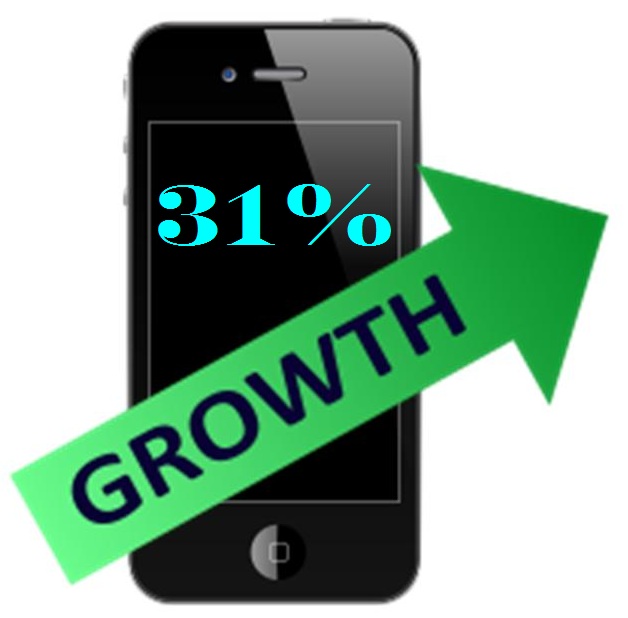 The new design for the mobile site has allowed the company’s sales to skyrocket.
The new design for the mobile site has allowed the company’s sales to skyrocket.
The online retailer known as Skinny Ties has just made an important case of itself in the defense of the importance of providing a solid m-commerce experience.
The company’s new mobile website design technique has allowed their sales to spike skywards.
This wasn’t simply a random success. The creation of the m-commerce website was the result of a year of planning, designing, decision making, and creation. The new responsive website was first launched in October of last year. It is one of many companies that are now taking the plunge to appeal to mobile shoppers.
Its m-commerce website design uses a single code base to display the site in a custom screen fit.
The responsive design is meant to be an alternative to creating a site that is exclusive to m-commerce on either smartphones or tablets. Instead, the site displays itself appropriately based on the specific screen size of the user’s device.
The responsive m-commerce site’s performance has been showing that it was well worth the effort and the wait by the company. Skinny Ties has been watching the payoff roll in ever since its new website was implemented. During the span of time from October 2012 to March 2013 (when compared to the same span of time, a year beforehand), the Skinny Ties website saw an increase in transactions by 57 percent. Furthermore, it saw 78 percent more units sold, and the order value rose by 21 percent.
At the same time, the sales specifically through each of the various channels also rose. Over laptop and desktop computers, sales rose by 77 percent. On the m-commerce side, smartphones and tablets saw a 211 percent growth in sales. Revenue over Android devices was up by 187 percent, and sales through iPads increased by 224 percent, with iPhones breaking the rest of the records with increases in sales by 473 percent.
Following the change in the m-commerce site, every aspect of sales and transactions has been rising in a very positive direction, showing that the effort that went into the change will have been well worth it.

 When compared to a year ago at the same time, mobile shopping increased by nearly a third in the first quarter.
When compared to a year ago at the same time, mobile shopping increased by nearly a third in the first quarter.